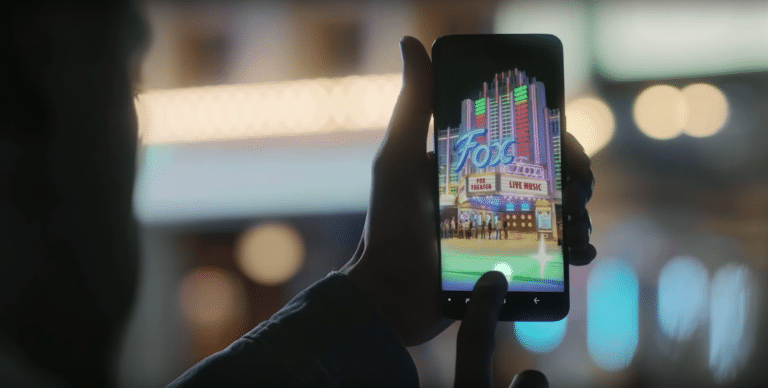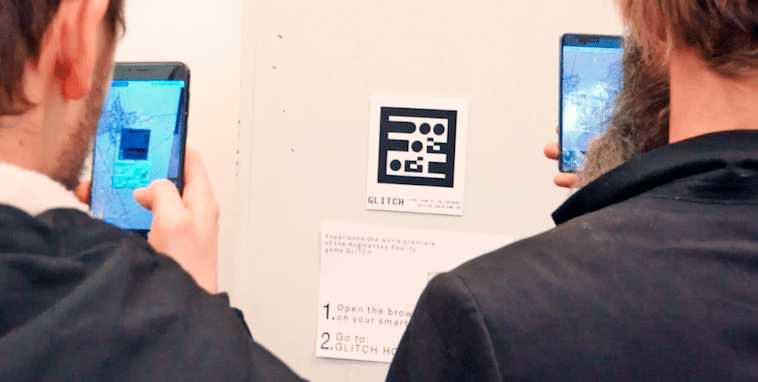
Content is King: Here Are the Keys to the Kingdom.
by Lucas Nygaard
If you’re reading this, it’s probably because you’re human. And if you’re human, you have feelings, thoughts, and ideas: Feelings about a certain matter; thoughts where you process information; and ideas about how it all fits together.
Studies in biology show that all of this isn’t made up of some kind of cosmic order. It’s simply chemicals changing within our brains. Through our bodies, brains have several inputs, such as sight, sounds, sensations and smells.
As humans, we can affect our brains through these inputs. That includes videos that are seen, sounds that are heard, odors smelled, and sensations felt. When one or more of these inputs are affected and the brain is stimulated, something is created that we commonly call experiences.

From Brain to Brain
Since all of our feelings, thoughts and ideas only exist in a well-coordinated system of chemicals inside of our brains, humans have evolved a way to affect other brains. Our brains can be seen as small universes, that can be affected by experiences that activate our senses.
For the vast majority of human existence, these experiences have been based in the physical world — kissing a loved one, smelling good food, or being in a beautiful environment.
However, since the invention of the computer, other kinds of experiences have arrived….digital experiences. In the beginning, it was sound that could be electronically reproduced and sights that could be captured as pictures — or a series of pictures tied together, otherwise known as video.
Universal Language
So experiences are how we impact other people. Good experiences even create new thoughts, ideas, and feelings; or change existing ones. Until recently, digital experiences meant something visual on a screen, sometimes also containing audio.
But these experiences could be consumed in any context, and therefore perceived vastly differently. A three-hour Martin Scorsese movie is conceived differently if consumed on a smartphone on a bus ride versus a home theater in the comfort of your living room.
As Bill Gates wrote in 1996, content is king. But don’t forget that any digital content is always conceived in a physical context. While we have the quote book out, this is also reminiscent of thought leader and philosopher Marshall McLuhan’s famous quote: “The medium is the message.”
So remember that content lives in the kingdom of context. No matter how amazing the content is, the overall experience that it gives to people really depends on the context it is being served in.

Take Control of Context
Augmented reality is the key to the kingdom. With AR, you bring your content into the consumer’s world, at exactly the location you wish, thereby taking control of the context. Imagine a new product, floating on top of a trendy magazine, instead of being inserted into an Instagram feed next to an annoying ad. Now imagine the same floating product isn’t just a passive ad, but a fully interactive experience.
Content is king but lives in the kingdom of context. AR is a medium that’s nearly as frictionless to create and distribute as digital video. The technology makes it possible to put a digital layer, on top of real objects like magazines, books, posters or product packaging. This will unlock opportunities to turn print media into an interactive channel and control the context of your content.
 Lucas Nygaard is CEO and Co-Founder of Hololink.
Lucas Nygaard is CEO and Co-Founder of Hololink.

